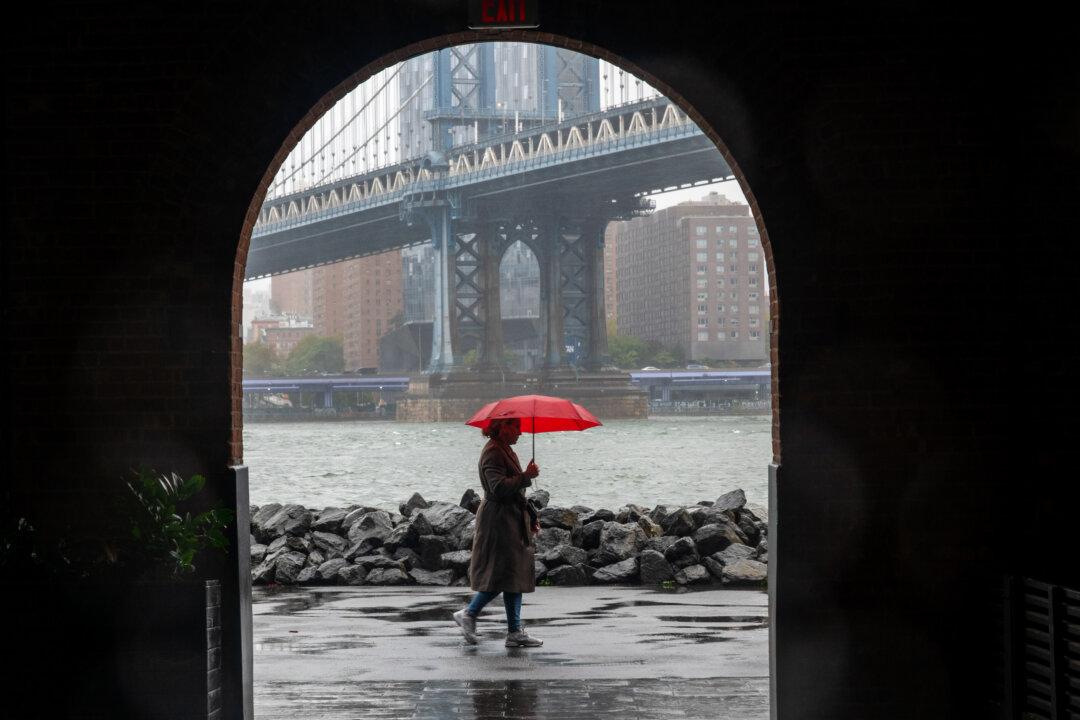The first heart-wrenching photographs have emerged of the damage done to the famed Notre Dame Cathedral in Paris by a devastating blaze.
From the outside, the imposing bell towers and outer walls, with their vast flying buttresses, still stood firm, but the insides and the upper structure were eviscerated by the fire.





